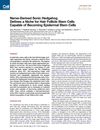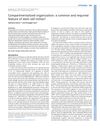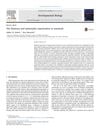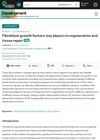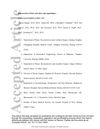Nerve Dependence in Tissue, Organ, and Appendage Regeneration
September 2012
in “
Trends in Neurosciences
”
nerve dependence tissue regeneration organ regeneration appendage regeneration progenitor cell niche cellular mechanisms molecular mechanisms newt anterior gradient protein FGF transferrin Sox2 spinal cord regeneration tail regeneration barbel regeneration aneurogenic limb stem cell niches innervation asexual reproduction
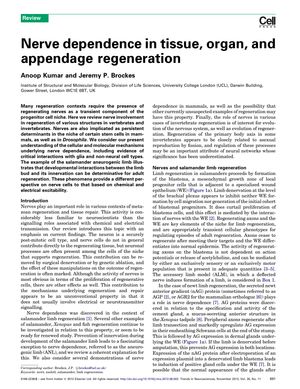
TLDR Nerves are crucial for the regeneration of various body parts in many animals.
The document reviews the importance of nerves in the regeneration of tissues, organs, and appendages in a variety of species, including vertebrates and invertebrates. It explains that nerves often act as a crucial component of the progenitor cell niche necessary for regeneration and discusses the cellular and molecular mechanisms behind this nerve dependence. The review provides evidence from studies on amphibians, fish, and mammals, and suggests that nerve dependence in regeneration might be more widespread than previously thought. It details the process of limb regeneration in salamanders, focusing on the role of the newt anterior gradient protein and its interaction with other cells and signals like FGF and transferrin. The review also notes that while early limb regeneration in Xenopus larvae is nerve-independent, later stages require nerves for proper cell proliferation. Additionally, the document discusses nerve dependence in the regeneration of other species, including the role of Sox2 in amphibian spinal cord and tail regeneration, the ability of zebrafish barbels to regenerate, the nerve-dependent regeneration of the aneurogenic limb in salamanders, and the importance of nerves in mammalian tissue regeneration, such as in the mouse ear pinna and in maintaining stem cell niches. It also mentions nerve-dependent regeneration in invertebrates like starfish and Drosophila. The document concludes by suggesting that nerve dependence in regeneration may have evolved to ensure proper innervation of regenerating structures or that neurons may have originally evolved to regulate growth in relation to regeneration and asexual reproduction, but acknowledges that further research is needed to fully understand these roles.
